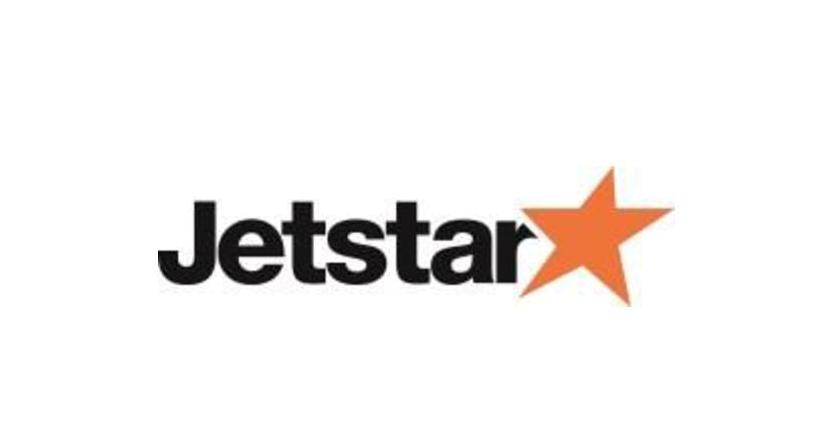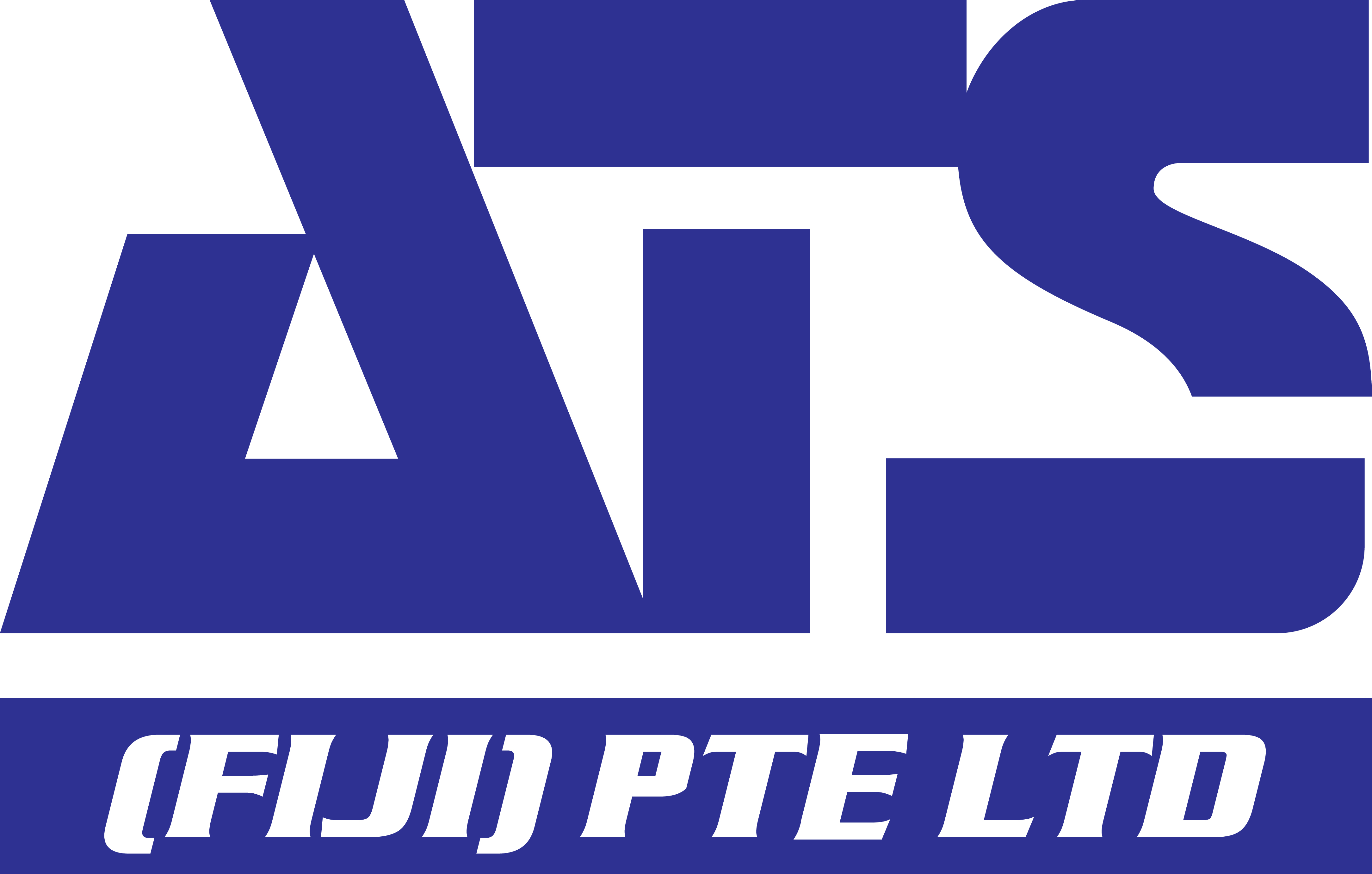Title Page
-
Document No.
-
Audit Title
-
Catering team / Site
-
Conducted on
-
Prepared by
-
Location and Aircraft Registration
-
Personnel in attendance
PPE and vehicle check
-
Hearing protection is worn or carried?
-
Are safety shoes being worn?
-
Vehicle suited to task and in good condition?
-
All team members are wearing high visibility jacket that is fully fastened?
Arrival at Aircraft
-
Front and rear shutters closed?
-
Guardrails, canopy (if fitted) and platform retracted?<br>
-
Catering truck waited to approach until engines shut down, anti-collision lights OFF, and chocks and cones were in place?
-
Was the catering vehicle being driven in the raised position, or were guardrails/platform being extended while the body of the truck was being raised?
-
Driver of truck stopped short of the aircraft, to test the brakes?
-
Banksman / Guide used to direct Driver onto the aircraft?
-
Was the Banksman/guide positioned at a safe distance in front of the truck?
-
Were stabilisers / chocks deployed before the truck was raised?
-
After truck is raised, are guardrails extended to within 3-4"(7-10cm) from the aircraft fuselage? (For A380, were fan guards extended?)
-
Was any part of the truck platform/guardrails touching the aircraft?
-
While truck was being raised, were staff positioned in a place of safety?
-
If an auto leveller is fitted, was it in place?If no auto leveller, does the operator ensure that adequate clearance is maintained between the platform and the aircraft to allow vertical movement of the aircraft during the entire ground handling process?
-
Was the BA doors opening procedure followed? (2 knocks, step back, wait for 10 seconds, and repeat if no response?)
Transfer and handling of Catering Equipment
-
Was the catering equipment handled carefully, with consideration to weather conditions? <br>I.E. No more than 1 canister on a half cart, and no more than 2 side by side on a full cart (none in high wind conditions - +25kts). No loose items on top of trolley. Trolleys pushed across platform carefully using hand to hand exchange. Transit trolleys handled using two people.No equipment to be staged on the platform unsecured
Departing from aircraft
-
BA doors closing procedures followed? (No doors left open without the presence of ground equipment)
-
Catering staff ensured that the aircraft door is fully closed, seated in recess and the handle is correctly stowed?
-
Before the truck is lowered, did the operator look and check on both sides to ensure that the area is clear of personnel and obstructions?
-
Guardrails and platform fully retracted and shutters closed?
-
Whilst reversing, did the driver of the truck use a guide person positioned at least 10ft (3m) behind the truck, with a clear view of any obstructions?
-
Did the driver follow hand signals from the guide person?
Driving Standards
-
Do drivers maintain a speed no faster than walking pace around the aircraft and comply with local driving policies?
-
When not servicing the aircraft, was the catering vehicle parked away from aircraft, fueling zone and roadways and not obstructing emergency exits, fuelling equipment, fire fighting equipment or the fuel hydrant emergency stop switch?
-
Were all catering vehicles parked and/or driven a safe distance away from the fuelling zone, engine and wing tips?The vehicles must not be driven or parked so as to obstruct the fuelling vehicle escape route. (Fuelling zone is the area at least 3m in any direction from the centre-point of all fuel vents, fuel hydrants, aircraft refuelling ports, fuel hoses or fuelling vehicles.
-
If left unattended, was the catering vehicle engine turned off, brakes applied, and left in a place of safety, not causing any obstruction?
-
Were any of the team observed smoking around the aircraft?
-
Did the team remain in easy reach of the emergency controls at all times, while the vehicle was in operation? The catering truck should not be left unattended while in the raised position at aircraft side. The team may be in the adjacent galley, but must be in easy reach of the emergency stop at all times.
-
When positioned at or near the aircraft, was the parking brake applied, with the gear selector in park or neutral and wheel chocks used if installed?
Onboard Checks
-
All latches for trolley and canister stowages secured?
-
Are all oven racks clean, with no debris/grease/paper/plastic or other flammable item that could cause a fire/ smoke event? Ensure no flammable items are loaded, including dry ice, smart labels, KSMLs etc
-
Is there any damaged equipment loaded, for example trolleys with defective brakes, canister, oven racks, bev pots?
-
Are all canisters and trolleys sealed correctly?All catering equipment should be security sealed to prevent the introduction of any prohibited items.
-
Are all trolleys / canisters loaded according to the all carts/no carts rule, and following placarded instructions?
-
Are chefs chats and allergen information loaded, and is the allergen information legible?
-
Did the catering team ensure that the chillers were switched on once the catering had been loaded?
Any other observations
-
Any other observations?











